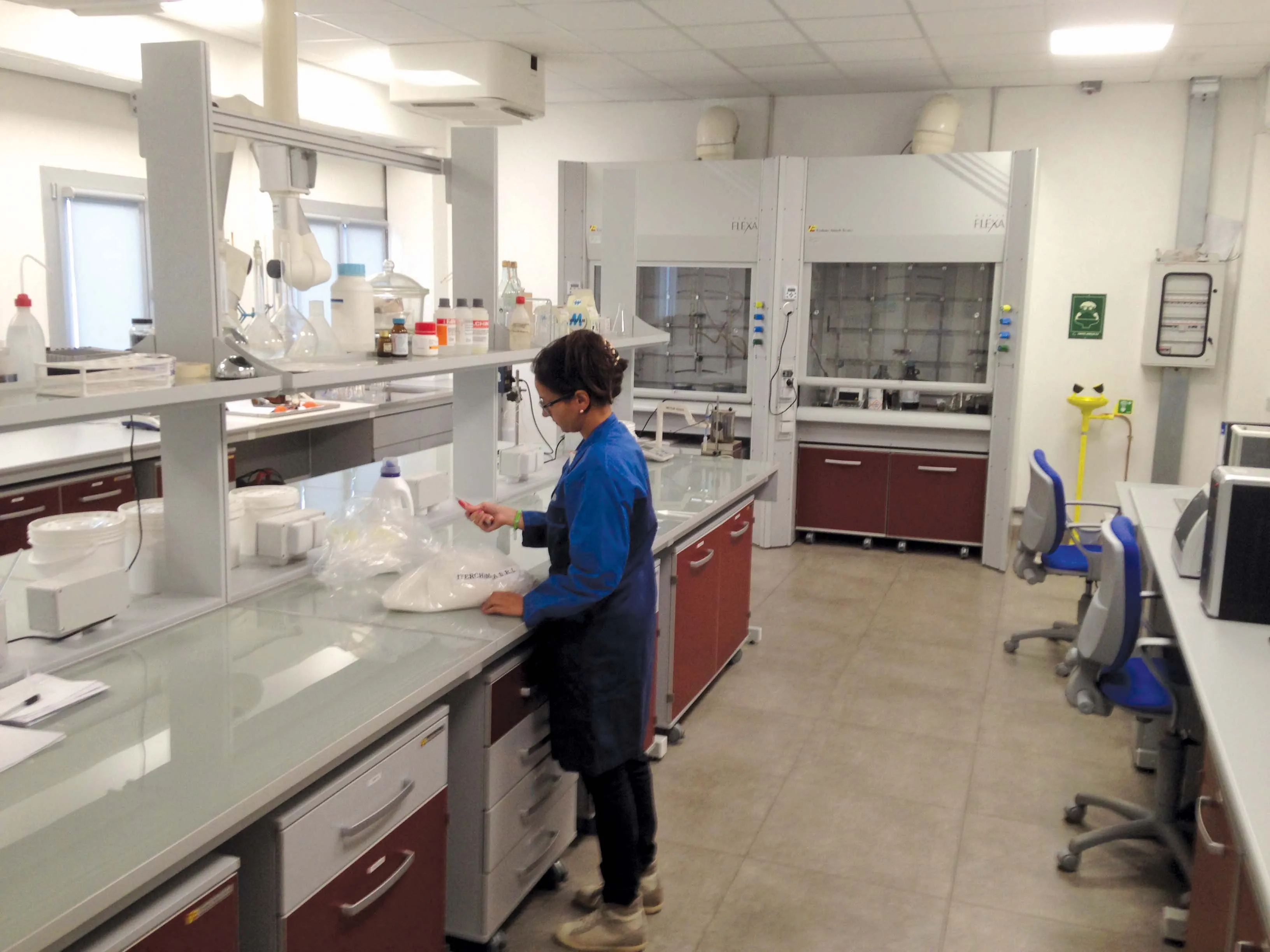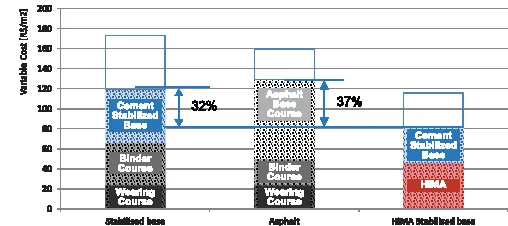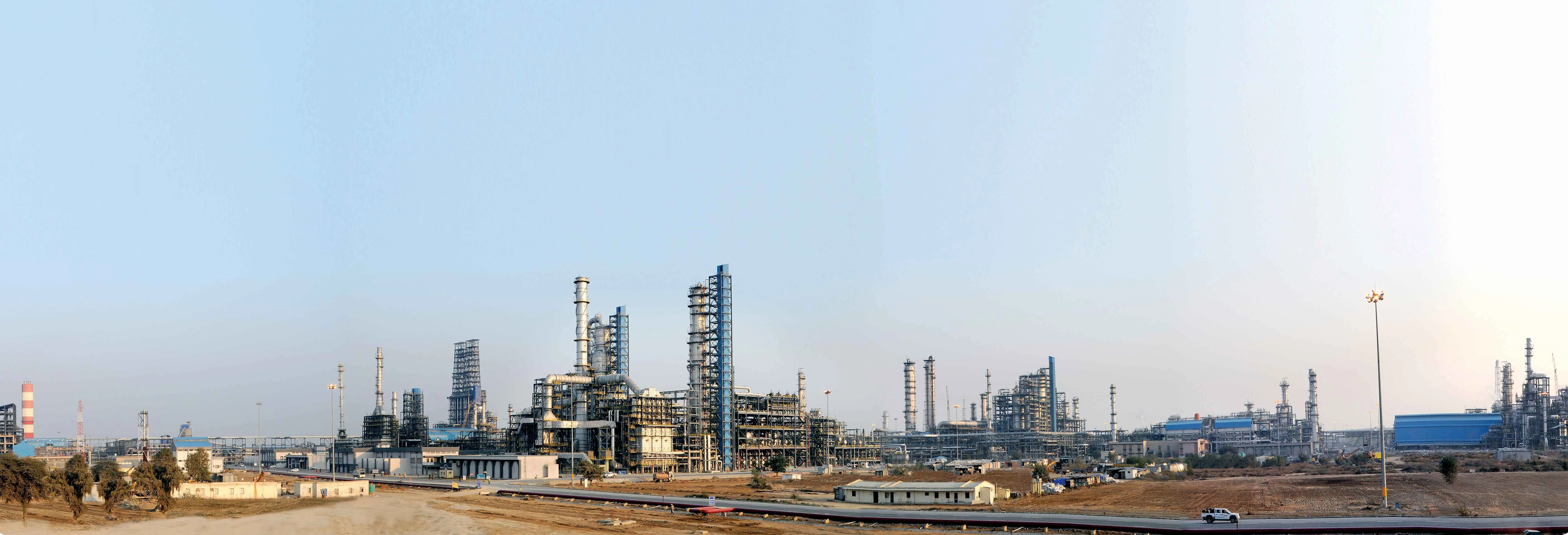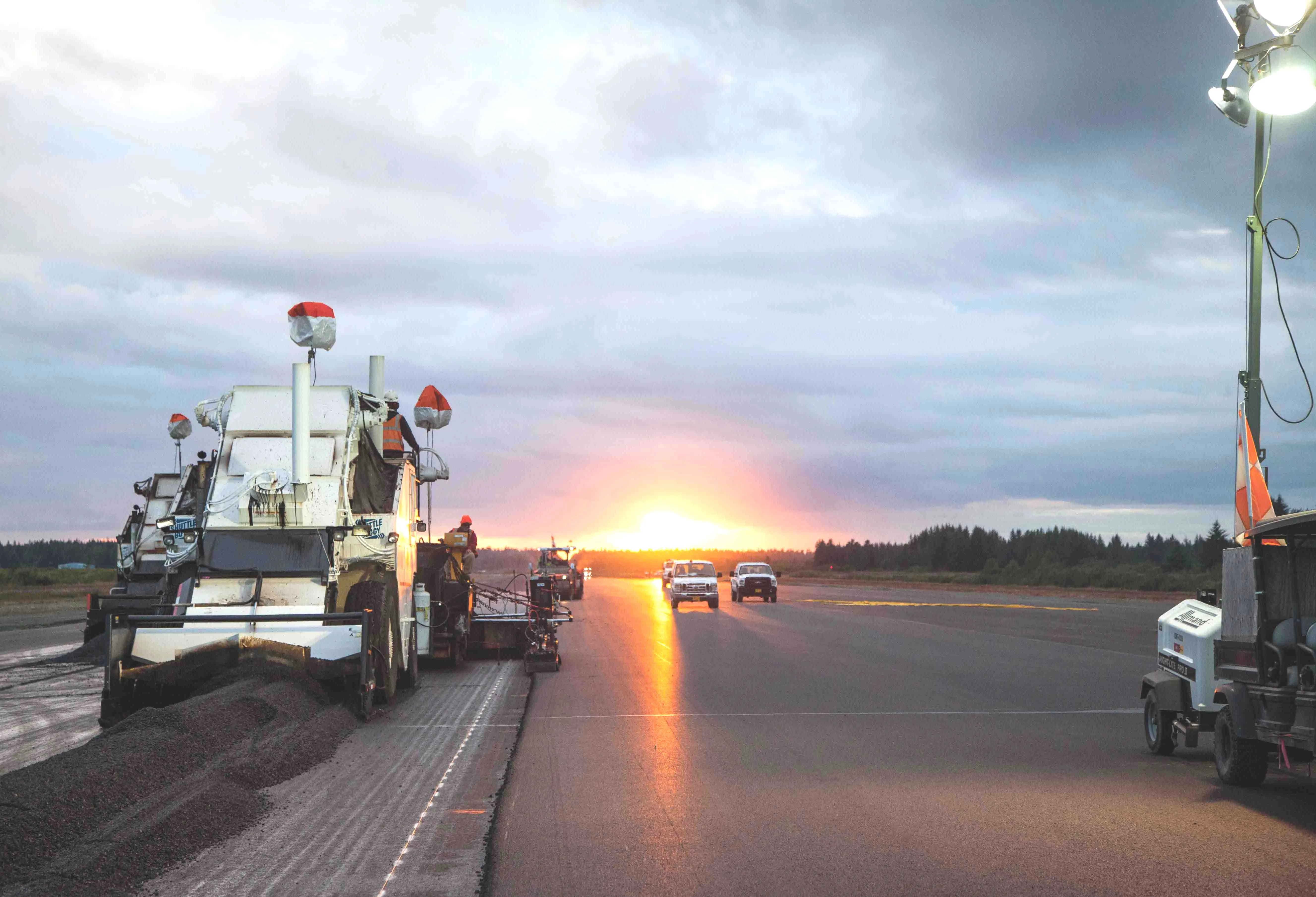
From lightening tunnels to keeping racing cars on tracks to preventing ice from forming, bitumen technology is helping roads do more - Kristina Smith reports
If you think bitumen is just bitumen, useful for sticking lumps of aggregate together, it’s time to think again. The ever-widening and ever-more-sophisticated range of technologies and additives available means that we can ask our road surfaces to do more than ever.
The selection of stories featured this month illustrates the point. Heavy-duty clear binder reduces the lighting requirement inside tunnels in Luxembourg; highly modified bitumen (HiMA) helps to increase the adhesion of the wheels of cars and bikes on a Spanish racing track; warm mix asphalt in Alaska reduced fuel bills and fumes; and from Italy a new formulation promises even more effecting de-icing properties from an additive.
Shell Bitumen
Coloured pavements, using a clear, polymer-modified synthetic binder, were chosen for two tunnels on Luxembourg’s new Route du Nord motorway or A7. “The light colour of the asphalt is designed to help reduce lighting costs and above all improve the safety for users,” explained Mickael Ferrt of contractor Karp-Kneip.
In total Karp-Kneip layed 90,000m2 of the coloured asphalt. Shell provided an additional bitumen storage tank and special delivery trucks to meet the rapid on-site demand of 220tonnes of asphalt/hour.
“Using Shell Mexphalte C to produce an asphalt surfacing within a road tunnel can allow every alternate light to be switched off without reducing levels of visibility,” said Shell Bitumen’s head of technology and research Professor John Read. “It performs to a high standard and is widely used in materials that have to withstand heavy duty traffic. Many of the alternative products available are suitable for aesthetic use only.”
Linking Luxembourg City with the north of the country, the 31.5km motorway finally opened in its entirety in September 2015, well over a decade after its first section opened. Luxembourg’s most ambitious road project yet cost €700 million to build.
Ditecpesa
“The technical challenge is not just the binding agent and particle size, but also the physical laying of the road surface, with impossible radii for the asphalting machinery involved given the track’s very marked curves and slopes,” said José Javier García Pardenilla, manager director at Ditecpesa.
The high polymer content improves the way that the bitumen film wraps around and connects the aggregate particles and also acts at a micro level between road and tyre. The design must achieve a challenging balance between providing adherence and creating too much friction.
“It is important to do tests with drivers in order to get the best formulas combining pavement laboratory tests and what the customer wants,” said Pardenilla. “For a race track, pavement design is determined by the owner.”
Evotherm
In cold climates additives more often used to create warm mix asphalt are often used to improve workability and compaction. A project in Alaska in June saw one of the first uses of“Our goal at the Yakutat Airport was to reduce temperatures enough to demonstrate that it is possible to achieve good paving results at temperatures lower than traditional HMA,” said Amanda Gilliand, project manager for Knik Construction.
Knick was paving the runway at Yakutat Airport in southeast Alaska where temperatures in June range from 4-20°C. The contractor achieved temperatures as low as 130°C compared to the usual production temperatures of 160°C.
“By lowering temperatures, we also saved money on diesel burner fuel,” said Gilliand. “We are now considering the possibility of plant dosing so that we have the flexibility to change the Evotherm dose based on haul distance and weather variations.”
Iterchimica
Having completed the installation of a new laboratory at the beginning of this year, Italian bitumen additive specialistWinterpave works by lowering the freezing temperature of water on the road surface by disturbing the formation of ice crystals. Added during the mixing phase of the asphalt, its chemicals release slowly so that the effect continues for a number of years.
Itechimica’s new formulation of the de-icer, Winterpave AD, lasts almost 60% longer than the previous one, according to the manufacturer. It also has a new physical composition to make storage, handling and dosing easier.









